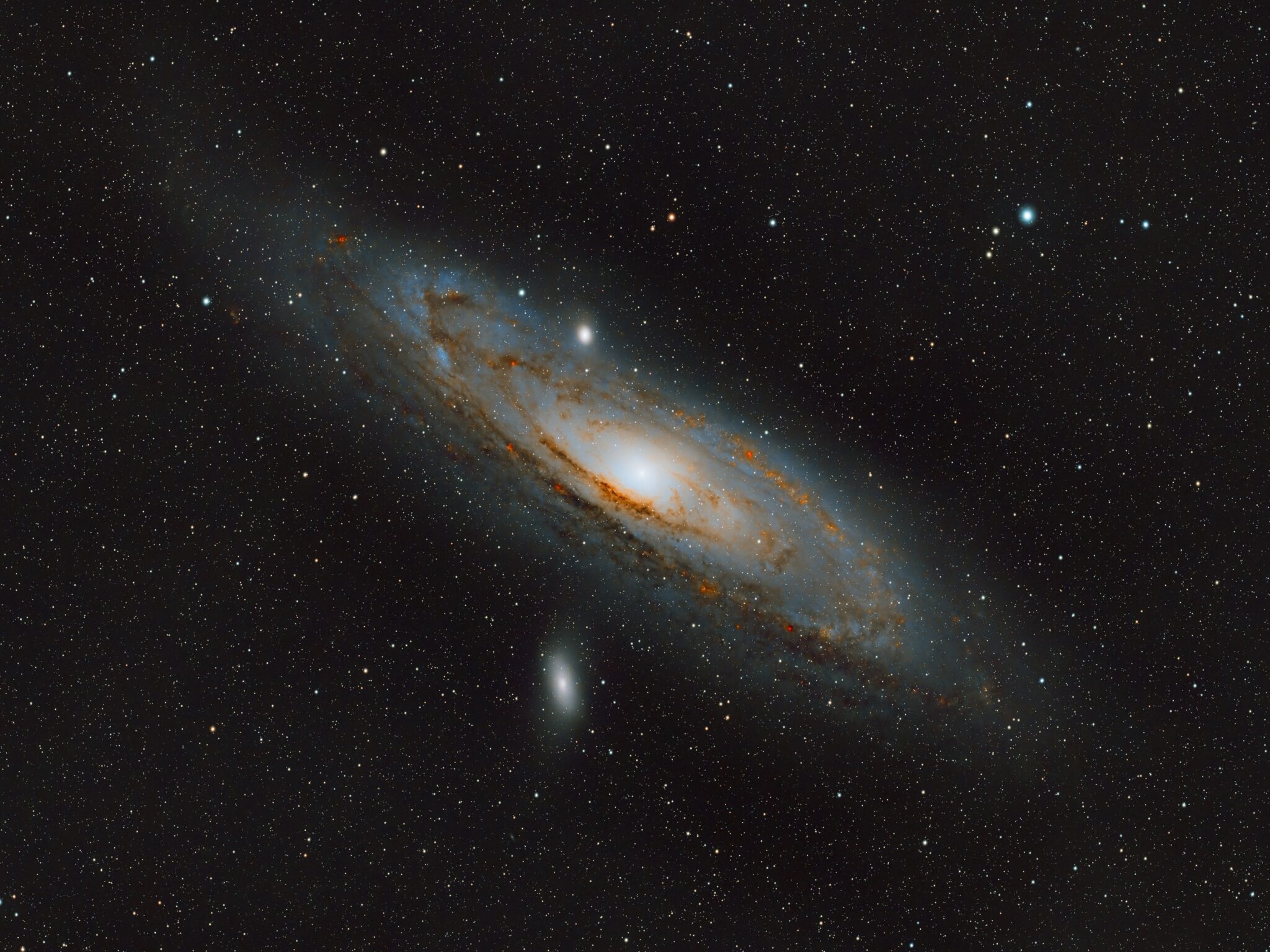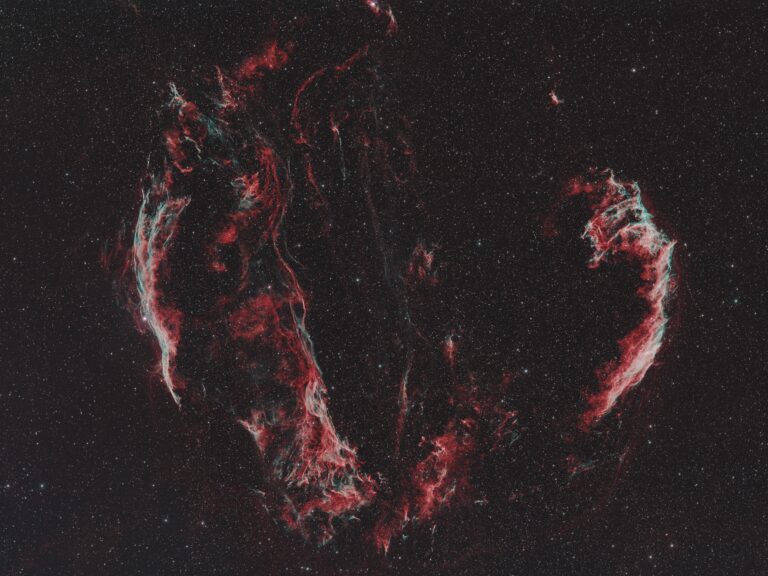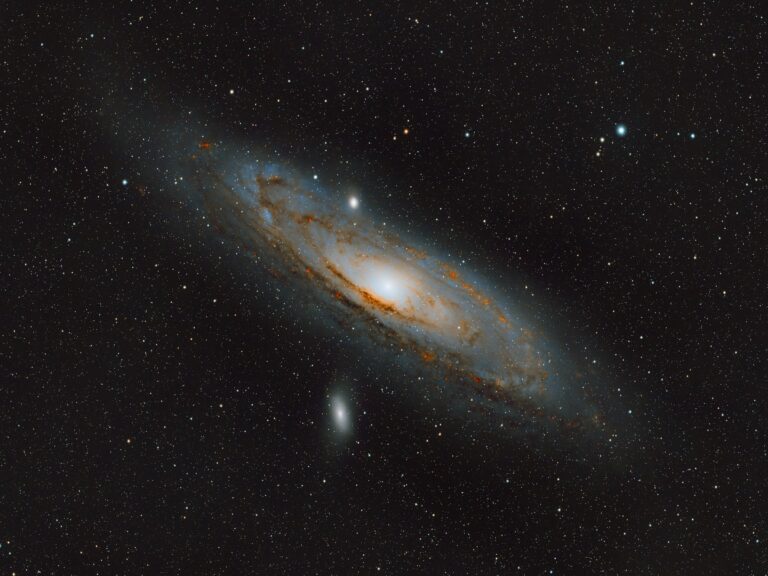One of my first deep sky objects to image, the Andromeda Galaxy (M31) is the closest spiral galaxy to our own and on a slow-motion collision course with the Milky Way! I captured this image over several nights, stacking hours of exposure time to bring out the fine details of its spiral arms and glowing core.
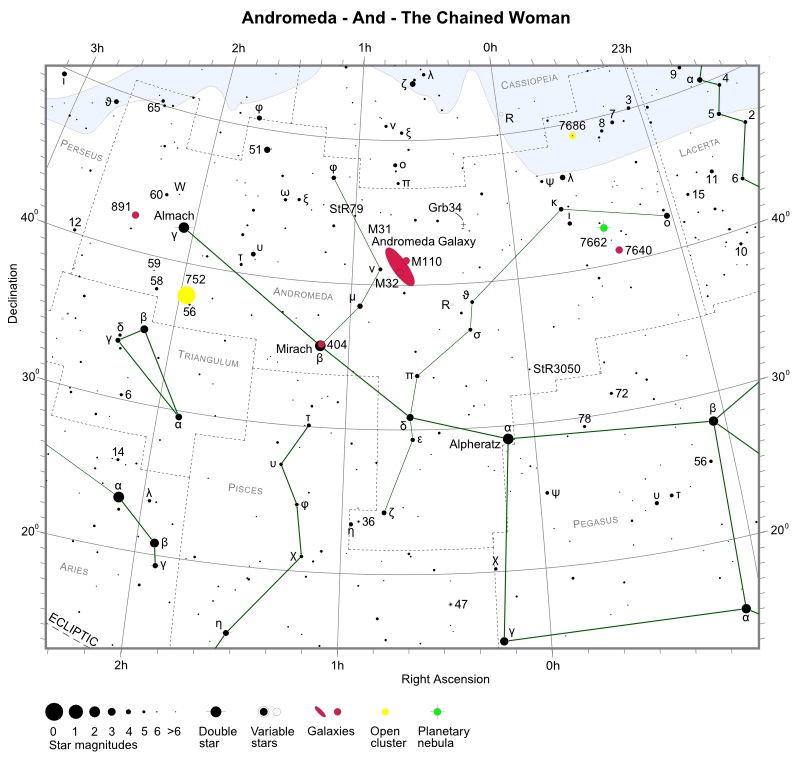
Target Details
Constellation: Andromeda
Distance: 2.54 million light years
Diameter: 220,000 light years
Magnitude: 3.4
Apparent Size: 3.2° x 1°
RA 00h 42m 44s, DEC +41° 16′ 06″
Shot Details
Dates: October 2023
Integration: 158 x 300″
Total Time: 13h 10′
Telescope: Redcat 61
Camera: ASI 2600mc pro
Mount: AM5
About the Target
Andromeda is an excellent target due to its impressive size in the sky. Surprisingly, from our perspective, it appears four times larger than the full Moon. However, its faint glow makes it difficult to see its sprawling spiral arms with the naked eye. Through long-exposure photography, its stunning structure comes to life, revealing intricate details and the grandeur of this magnificent galaxy.
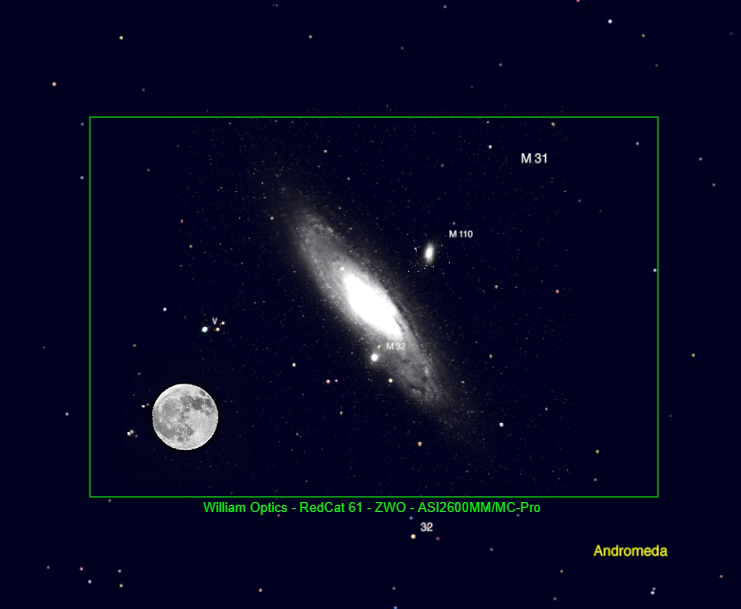
Deep sky object photographic data courtesy: DSS/STScI.
Solar system imagery courtesy: NASA/JPL.
The Andromeda Galaxy (M31) is on a “slow” (244,800 mph) but inevitable collision course with the Milky Way, a cosmic event set to unfold in approximately 4.5 billion years. As the two galaxies are drawn together by gravity, they will engage in a spectacular merger, reshaping their structures and forming a new, larger galaxy. While this may sound catastrophic, Earth itself is unlikely to be directly affected. The vast distances between stars mean that actual collisions between them are improbable. However, the night sky will dramatically change over millions of years, with Andromeda appearing larger and brighter until the galaxies finally blend into one.
Visible in my image are some of Andromeda’s most notable satellite galaxies, including Messier 32 and Messier 110. M32 appears as a small, bright elliptical galaxy nestled just above the core of Andromeda, while M110 is seen below Andromeda as a blurry, elongated satellite. These dwarf galaxies, along with others like NGC 147 and NGC 185, are slowly being influenced by Andromeda’s immense gravitational pull and may eventually be absorbed into its structure. Long-exposure astrophotography like this reveals the incredible details of these galaxies, making their presence and interaction with Andromeda all the more striking.
The Andromeda Galaxy (M31) is one of the most exciting and rewarding targets for astrophotography, and it was actually one of the first deep-sky objects I ever captured. Its massive size and relatively bright core make it an ideal subject, even for beginners. Unlike many distant galaxies that require large telescopes and dark skies, Andromeda is bright enough to be photographed with a modest setup, making it a common target in the astrophotography community.

